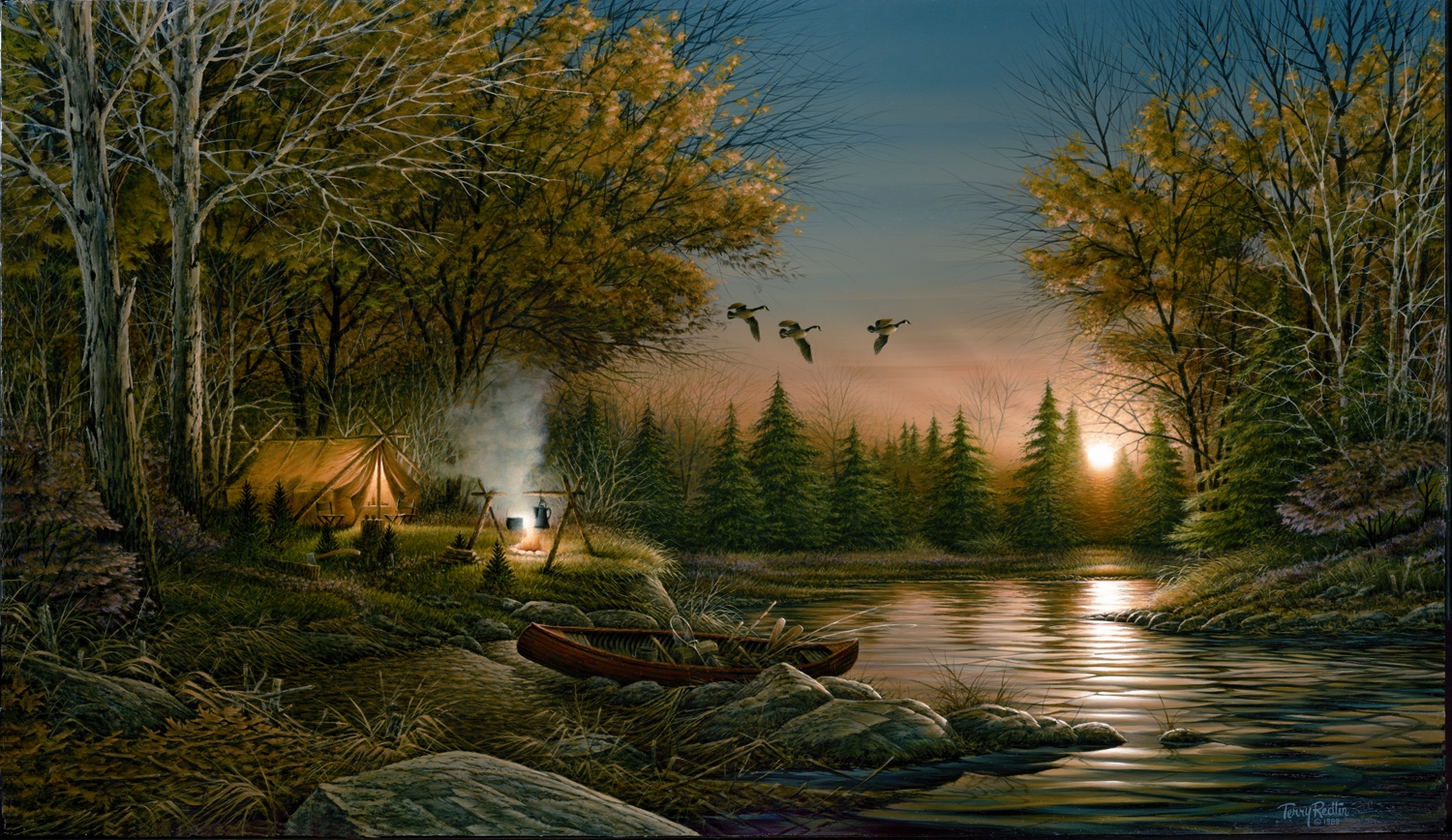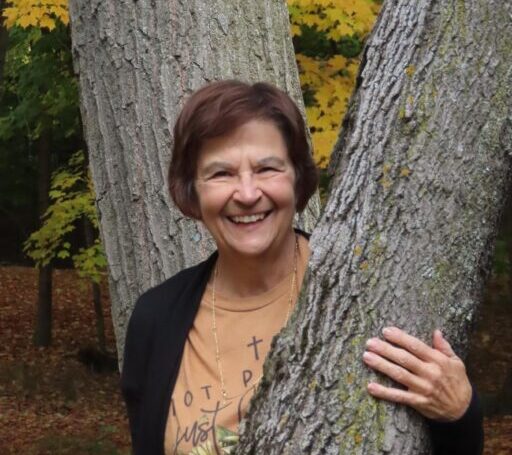Blessings in Disguise
Today caught me thinking about blessings in disguise. I’m all for blessings, as you can tell by the name of my webpage. But…a “blessing in disguise”…well, those aren’t as simple. In order for something to be a “blessing in disguise”, it means there must be a precursor to the blessing – which is generally a tragic or catastrophic event…or at least one that we perceive as such. Those I am not keen on. In fact, I detest situations that eventually lead me to a “blessing in disguise.” I would much prefer to keep my life at a steady stream of relaxed, enjoyable continuity. If only I had control of such things!
I will have to say though, that the teeter-totter of life does bring about some great stories, and as a writer I do love a good story. If we’ve lived long enough, we’ve had experiences where we’ve sat on the down side of the teeter-totter and wondered if life would ever send us to the top again.
My first experience at the bottom of life’s teeter-totter happened in 1965 when I was eleven years old. My Dad and Mom traded our farm south of Osmond, Nebraska for a ranch south of Ainsworth, Nebraska. Upon finding out this horrible news, I cried myself to sleep night after night. There couldn’t possibly be anything that would be good about this…not when you were moving three hours away from loving grandparents, doting aunts and uncles, cherished classmates, and everything familiar. (I have always been one that found great solace in familiarity.) At this young age, it seemed the end of the world. I dug my heels into the sand, and successfully made life miserable for all those around me. I can imagine my parents and siblings were grateful it didn’t take long for me to recognize the blessings of the move. Within a few months I was ready to call the ranch “home”, and it would have taken another crowbar to pry me away from this little piece of heaven. Luckily, that did not need to happen. This was my home for the next nine years; until I ventured off to college. I remember looking back through the window of my boyfriend’s pickup as he transported me to Lincoln to attend the university and wiping tears away as I left the ranch I loved.
I realize there are many significant events in our lives that can start out as setbacks, but end up as blessings in the long run. Times when we’ve lost a job only to find one that fits us better. Or maybe suffered an illness that brought a new found appreciation for life. Or maybe lost a relationship only to find a more meaningful one down the road. I think of the story of the prodigal son in the book of Luke. His father must have grieved when his youngest son left after asking for his share in his inheritance. But, how much richer was their relationship when the son returned, having grown from the experience of squandering his father’s hard earned money and being humbled by what life’s experiences taught him.
I’d like to share one more real life story of a tragic situation turned blessing. It is the story about a very talented man from the state where I now reside – South Dakota. Terry Redlin was only 15 when he bummed a ride from a friend on a motorcycle to get to work. Three blocks seemed hardly any distance at all, but three blocks was all it took for a drunk driver to run a stop sign and plow into the motorcycle. Not only did Terry loose his leg because of the ordeal, but it also shattered his dream of becoming a conservation officer.
Who is this Terry Redlin? Well…he’s sometimes referred to as the “Accidental Artist.” He hadn’t planned on being an artist, but that accident changed things. Upon graduation he obtained a scholarship and headed for art school. For eight consecutive years (1991-1998) he was named America’s Most Popular Artist. He spent countless hours in the quiet wheat fields, on the shores of surrounding lakes, and on the hillsides overlooking farms – all places he loved to be. It was in these familiar places that he brought rural America, along with the animals and birds that live there, to life on canvas. Had it not been for that unfortunate accident many of us wouldn’t recognize the name, “Terry Redlin.” Had this accident not occurred, the world would not have known the talent of this small town boy from South Dakota.
As you finish reading, think about the times you know of where blessings emerged from difficult circumstances in your life or someone else’s. They are all around us. Is there anything more uplifting than to hear someone’s story of how life took them from the deepest depths to standing on a mountain top?
Whenever I am experiencing one of those difficult times I don’t want to experience, I like to remember what Charles Spurgeon – the great 19th century English preacher had to say about such things. He put it this way: Before much time has passed, we may be just as happy as we are sorrowful now. It is not difficult for the Lord to turn night into day. He who sends the clouds can just as easily clear the skies.”
Until next month, keep on readin’ and I’ll keep on writin’.

“Evening Solitude” by Terry Redlin.
